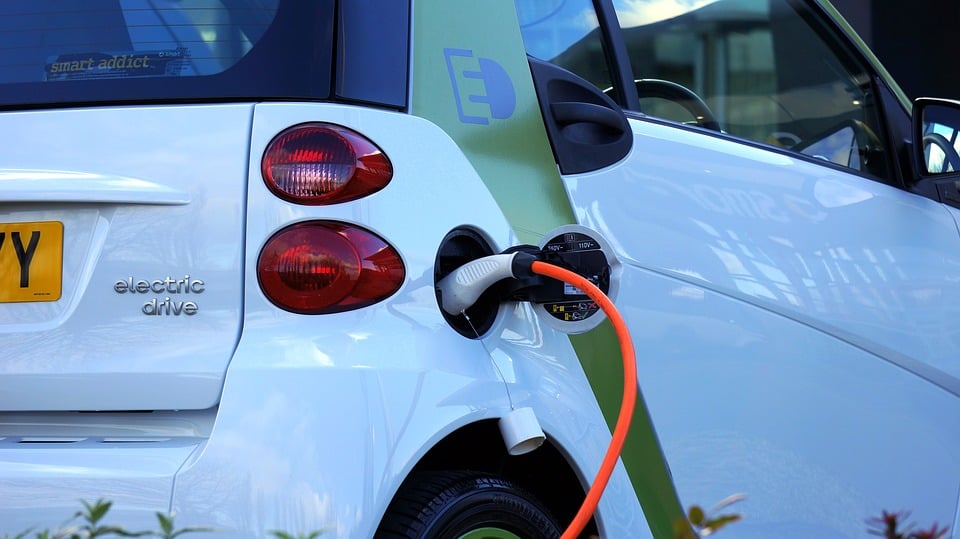
In the short space of time that improved battery technology has led to electric vehicles (EV), one of the outstanding issues when going electric is recharging the vehicle’s battery. Having charging points at home (if you have off-street parking), your place of work, and car parks will be adequate for most drivers.
But what happens if your house doesn’t have off-road parking, or your place of work doesn’t have a conveniently-located staff car park? Roadside chargers are already being installed, and research is ongoing into the viability of installing smart charging points in street lamp posts. However, the usual problems come to the fore: chargers being disconnected, cables cut, and vandalised charging points. Enter wireless electric vehicle charging.
Cutting The Cable
Wireless EV charging works loosely on the same principal as your cordless kettle or wireless phone charger; you do away with that annoying cable. There are a limited number of companies who have begun producing wireless charging equipment, and a number of the big car manufacturers already have plans to include wireless charging technology as an optional extra in their new electric models.
Wireless electric car charging could be the answer for those home owners who have to park their cars at the roadside. It would also greatly reduce the risk of accidental damage or vandalism in areas where normal smart EV chargers are in use. A magnetic coil power source plate is fitted into the road outside the home or business premises and a cable run underground into the building, in the same manner as the cable for your cable TV. Underneath the car is another magnetic coil power capture plate. When the vehicle is parked for the night, with the power capture plate over the power source plate, power is switched on and passes through a charging controller to begin charging the battery by jumping the gap between both plates.
Wireless EV Charging – An Ongoing Project
With several companies already selling wireless charging kits, and the big car companies beginning to offer wireless charging on some models, it would seem to answer a lot of problems. Companies have already had good results with electric vehicle self-charging as they are driven over sensors embedded in the road surface, but much more research into viability and costs must be undertaken before we never again have to worry about charging our electric vehicles.
If you would like more information on wireless EV charging and whether it would be suitable for your premises, please complete our online contact form, or phone your nearest Lowe & Oliver office today.
Image source: https://blog.loweoliver.co.uk/electric-vehicle-charging-station-regulations




